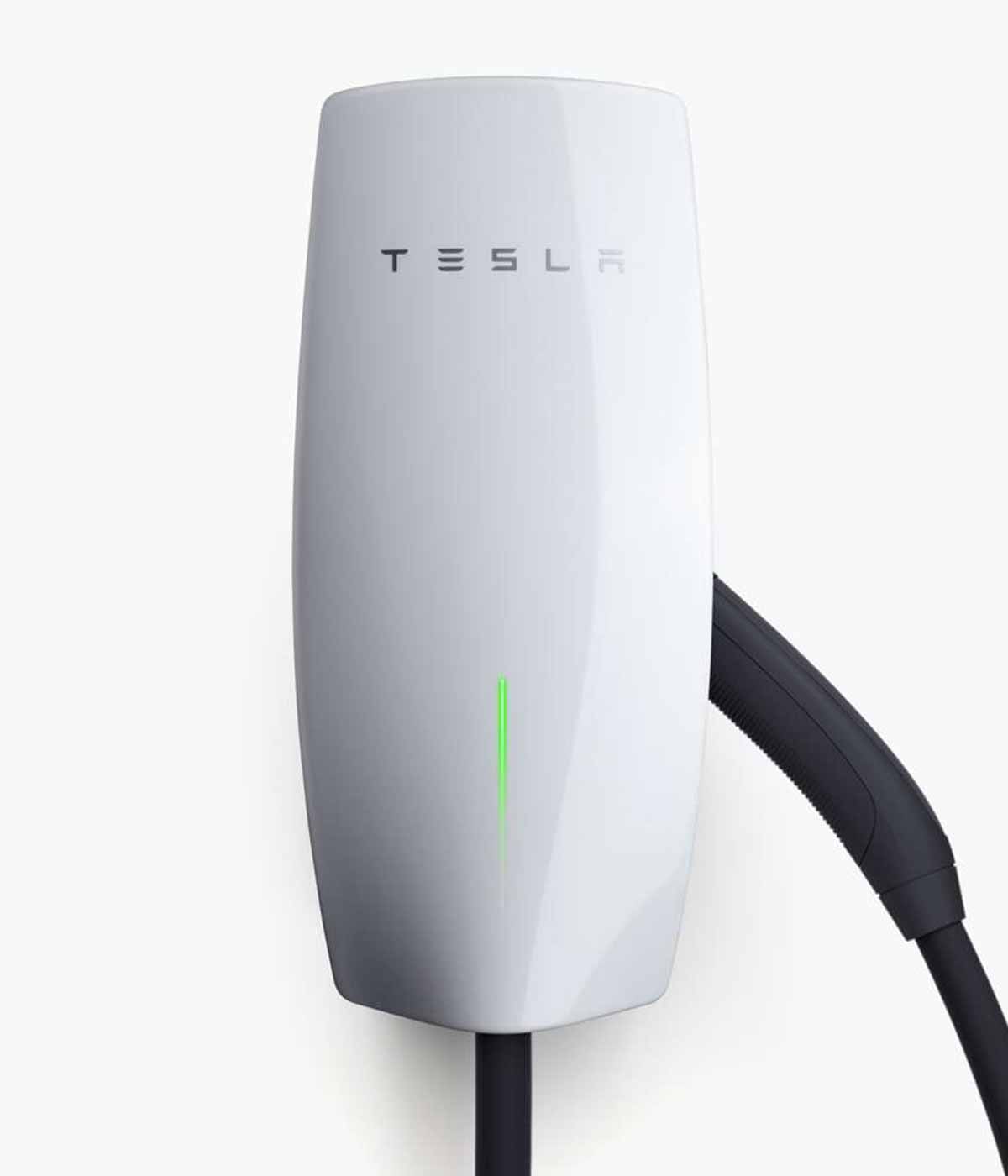

2 smaller ones more come for communication between car and station but don't carry any power.Īnd that's precisely what the European version of CCS - namely CCS2 - has in its upper section. Add two phases, but keep the other 2 and you need 5 electrical wires. That's why standard connectors have 3 pins. Very simplified, electrical connectors need a line, where the current flows in, a neutral, where the current can flow back and a ground for safety. US ones typically top at 7kW.Įven if these details don't mean anything to you, the last one will be obvious: 5 wires. Which means that public charging stations can nearly always reach 11kW and many times 22kW while remaining in the low cost installation bracket. Home charging is now be 3x2 = 6 times faster.Ĭritically, most public distribution is also 3-phase, compared to one in the North America. Costs go down, simplicity improves and installation is easier. The balance must be respected, but it means 3 small wires instead of one huge, to transport the same power. Many countries already - and more have started to - deliver electricity to houses in 3 phases, meaning 3 times 240V individually tappable by appliances. Not enough on its own, but we also have.ģ phases. Double the power of 3.6kW, charge twice as fast. A normal plug in the US carries 120V at a maximum of 15A = 1800W or 1.8kW. Multiply the two, you get power, in Watts (W). Power is delivered via wires, at least for now! The maximum current, in amps (A) is determined by its size (or gauge in the US) and the tension, in volts (V), determines how much energy each unit of current carries. Let's start with the easiest one:Ģ40 Volts. Let's face it: Europe has better electricity! For three simple numbers: 3, 5 and 240. And for no technical benefit.Ģ- CCS2 is perfect for Europe's electricity That's not something that is economically retrofittable anymore, not at the scale Tesla has in Europe. Any move to change to NACS would mean all existing cars and stations would be incompatible. It took a few years but now every single Supercharger station has at the very least some, if not all, CCS2 cables.Īnd since last year, Model S and X have started shipping with the same plug car side. Simultaneously, Superchargers started using the full-size CCS2 connector to allow this wave of new vehicles to actually supercharge.
#Wire gauge for tesla wall connector full#
So when the mass market Model 3 arrived in 2019, it was the first of the lineup to have a native full CCS2 port. Tesla did make a CCS adapter available but it was not a scalable solution. The bottom two pins are dedicated to fast DC charging and don't require the clever mechanics Tesla used, making it simpler to implement. While it was perfectly fine for the early Model S and X, fast charging outside of Tesla's network was not possible as everyone else started using the nascent CCS2 DC connector as shown above. The early version was using only the top part of the connector and very cleverly switching the use of pins between AC and DC charging, as they had always been doing with the Tesla connector (now NACS) in America. Since 2013 when the first Model S appeared in Europe and the first Superchargers started popping up, Tesla has been using CCS type 2.

Now we'll look at why the NACS (North American Charging Standard) won't come to Europe even if it's Makes (charging in) America Great Again.ġ- Teslas in Europe don't have it - and never will Non-woven fabric,100% Coverage wit!, 25% Overlapping

Our company have passed TUV 2PFG 1908 certification.


 0 kommentar(er)
0 kommentar(er)
